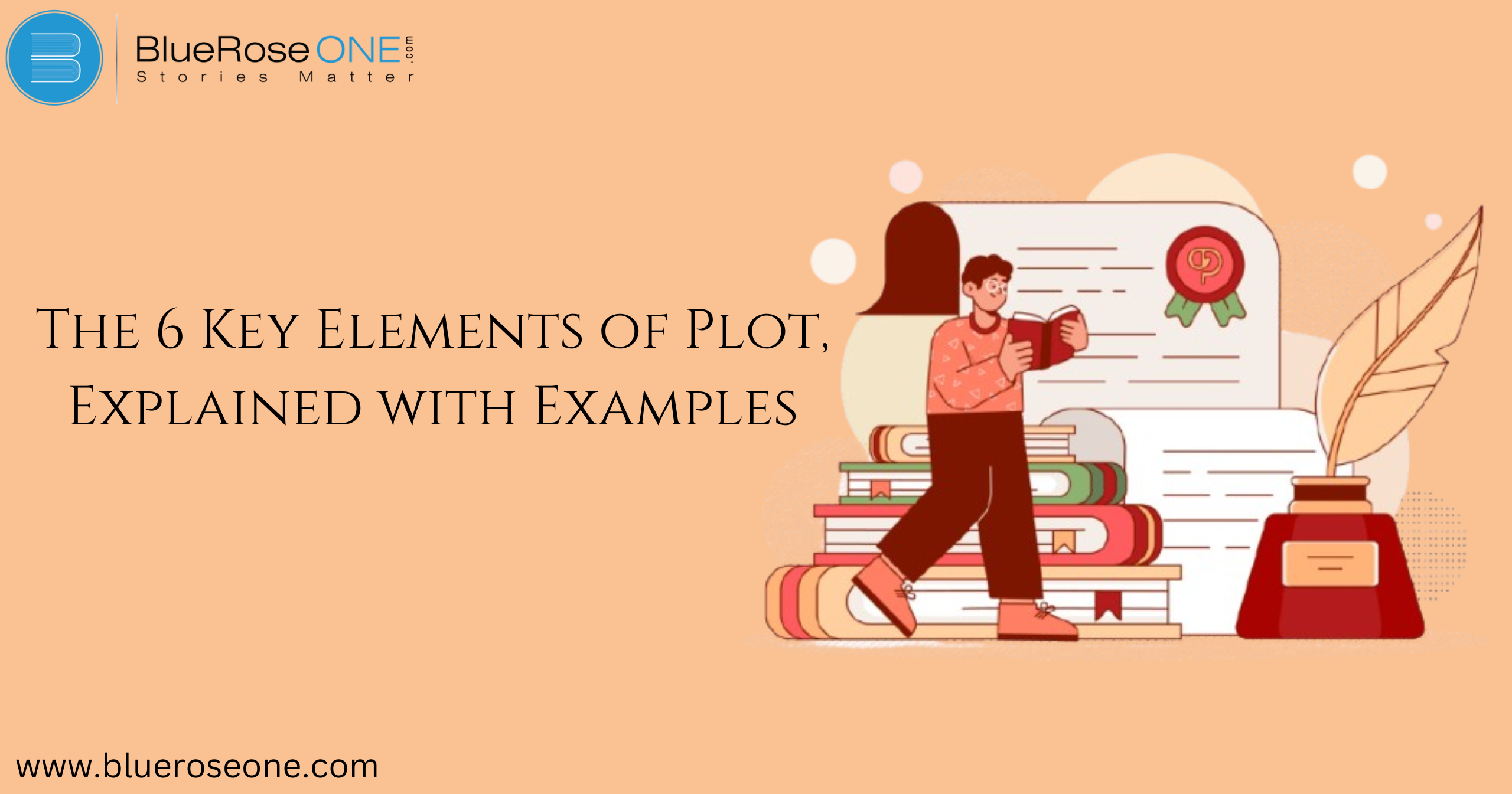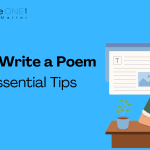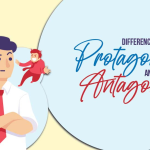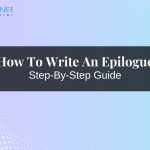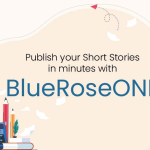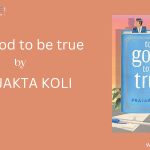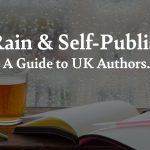Readers are enthralled by a fantastic story, but what exactly makes a story compelling? Its plot holds the answer. Any narrative’s storyline serves as its framework, guiding readers through its many turns. Both writers and viewers must comprehend the six essential components of a storyline. Let’s examine these components and use actual cases to demonstrate how they work.
What Are the Key Elements of a Plot?
Every story follows a structure that keeps readers engaged. The six essential elements of a plot are:
- Exposition
- Inciting Incident
- Rising Action
- Climax
- Falling Action
- Resolution (Denouement)
You may also read: What is Subplot? Definition, Types with Examples
Exposition is a major storyline element that introduces the setting, characters, and background information. It establishes the time and place while offering important information about the protagonist’s world. A well-crafted explanation allows readers to understand the story’s context without overwhelming them. For example, in Harry Potter and the Sorcerer’s Stone, the exposition depicts Harry’s everyday existence before he discovers his magical lineage, thereby setting up the main struggle.
Example: In Harry Potter and the Sorcerer’s Stone, J.K. Rowling introduces Harry’s miserable life with the Dursleys, his discovery of being a wizard, and the magical world of Hogwarts.
The inciting incident is a pivotal point that propels the plot forward. It disturbs the protagonist’s daily existence and sets up the key conflict. This occurrence causes the character to make a decision, which takes them into the main plot. Without an inciting occurrence, a story may lack direction and urgency. Whether it’s a strange letter, a shocking betrayal, or an unexpected chance, this pivotal event propels the story along and develops plot aspects.
Example: In The Hunger Games, the inciting incident occurs when Primrose Everdeen’s name is drawn for the deadly competition, prompting Katniss to volunteer in her place.
Rising action is a vital plot element that creates tension and keeps the reader engaged. It contains a series of events that advance the story’s conflict by presenting barriers and challenges for the protagonist. This phase enhances character interactions, raises stakes, and builds to the climax. For example, in Harry Potter and the Sorcerer’s Stone, Harry’s journey of finding magic and revealing mysteries heightens suspense, making the finale more powerful.
Example: In To Kill a Mockingbird, the rising action revolves around Atticus Finch defending Tom Robinson, exposing the town’s deep-seated racism.
You may also read: How to publish a Book? | Publish Your Book | BlueRoseOne
One of the most important plot points is the climax, which is the story’s turning point and point of greatest suspense. It frequently follows the escalation of action and results in the resolution. The protagonist must make a crucial choice or go through a significant transition at this point, which presents their greatest obstacle. A strong climax keeps readers interested and curious about how the conflict plays out. For instance, Harry’s confrontation with Voldemort and Professor Quirrell is the climax of Harry Potter and the Sorcerer’s Stone.
Example: In The Great Gatsby, the climax occurs when Gatsby’s dream of rekindling his love with Daisy shatters, leading to a tragic confrontation.
Falling action is one of the important elements of the plot that comes after the climax. It shows the consequences of the story’s turning point and begins to resolve conflicts. This part leads the characters toward the conclusion, tying up loose ends. For example, in Romeo and Juliet, the falling action includes the aftermath of their tragic decisions. It helps create a smooth transition from intense moments to a satisfying resolution.
Example: In Pride and Prejudice, after Darcy and Elizabeth overcome misunderstandings, their romantic resolution begins to take shape.
6. Resolution (Denouement)
The resolution, also known as the denouement, is the final part of a story in which all loose ends are tied and the plot comes to a satisfying finish. It depicts the resolution of the battle and how the characters have changed. A strong resolution brings closure, whether it is a pleasant finish or a thought-provoking conclusion. The resolution, one of the plot’s important aspects, ensures that the story has a long-lasting influence on the reader.
Example: In The Lord of the Rings, the resolution sees Frodo departing for the Undying Lands, marking the end of his journey.
You may also: 10 Must-Read Books That Shaped World of Literature
Common Mistakes Writers Make with Plot
Lack of conflict
One of the most common mistakes writers make is developing a plot with insufficient conflict. Conflict is necessary because it propels the plot ahead and keeps readers interested. Without it, the story may seem dull or uneventful. Strong conflict pushes characters, requiring them to grow and make difficult decisions. Conflict, whether internal or external, is an essential component of every great story’s narrative elements in order to keep tension and interest.
Weak climaxes
A weak climax can make a novel feel unsatisfactory and leave readers disillusioned. The climax is one of the most significant plot aspects since it provides the story’s most intense tension and resolve. Writers frequently make the mistake of rushing this moment or not setting the stakes high enough. A strong conclusion should feel both predictable and startling, serving as a payout for earlier events. To address this, ensure that the conclusion has emotional weight and is closely related to the protagonist’s journey.
Unsatisfying resolutions
Even if the rest of the novel is fascinating, readers may be dissatisfied by a poor or unsatisfying resolution. Resolutions should bring closure, whether through a joyful ending, a twist, or an open-ended finish. One common error is rushing to the conclusion, omitting to tie up loose ends, or providing abrupt solutions that feel unearned. A well-crafted ending is vital to plot aspects, bringing the story’s conflicts and themes to a satisfying conclusion.
You may also like: Book Review: Bound to You, Againsts My Will by Urja Wagh
How to Strengthen Your Plot
Develop strong conflicts
Conflict is an essential part of narrative because it propels the story ahead and keeps readers interested. A powerful conflict produces tension by opposing the protagonist’s objectives, whether through external impediments (such as an enemy or a natural disaster) or internal challenges (such as self-doubt or moral quandaries). To develop your story, increase the stakes and make the conflict feel meaningful. In The Hunger Games, for example, Katniss must deal with both physical and emotional challenges.
Build character arcs
Character development is just as important to a compelling plot as events. Character arcs provide the plot’s components more depth by illustrating development, hardship, and change. Readers become emotionally immersed in a story when the arc is well-developed. For instance, Scrooge transforms from a miser to a giving man in A Christmas Carol. Make sure your protagonist encounters obstacles that compel transformation and that their path coincides with the story’s pivotal moments in order to fortify your storyline.
Outline your story
Making a precise framework guarantees a solid narrative flow and aids in organizing the main plot points. Introduce the characters and the setting at the beginning of the exposition. Then, add conflicts that build to the climax to create growing action. The story is concluded with the descending action and resolution. Plot holes are avoided, events are kept coherent, and you can create gripping twists that keep readers interested by following an outline.
Surprise your readers
Including surprising turns keeps readers interested and enhances the appeal of your story. Surprise is most effective when it defies expectations while adhering to the main plot points. Your story can gain complexity by including an unexpected betrayal, a surprising revelation, or an ironic turn. For instance, the unexpected midpoint revelation in Gillian Flynn’s Gone Girl completely changes the plot. Readers are kept interested until the very end by well-placed surprises that build suspense and excitement.
You may also like: How to Use Present Tense Effectively in Your Storytelling
Conclusion
Understanding and applying the six key elements of a plot can elevate any story. Whether you’re a writer crafting your next novel or a reader analyzing a book, recognizing these elements enhances your appreciation of storytelling.

